The Transition Between a Teaching-Based school to a Learning-Based school
The Transition Between a Teaching-Based school to a Learning-Based school
Article by Yaacov Hecht | 2018
In my learning journeys in Israel and worldwide and in meetings with educators and entrepreneurs, I am witnessing the development of an increasingly growing consensus about the future picture of the desirable education system – a system which is embedded in the present and focused on life in the future. From innovative pioneers to conservative school principals, all are in agreement that a profound and comprehensive change in the education system is required.
This widespread consensus begs the following question: why is the much-anticipated change delayed? Indeed, many attempts are made, these days, for the promotion of innovative education ideas. However, the scope of change, de facto, is relatively small.
In this paper, I will attempt to offer an explanation for this delay. Although a new paradigm (a network paradigm) already exists – on which one can read in the article Education 2.0: From a Pyramid Paradigm to a Network Paradigm and many good pedagogic tools are currently developed on its basis – there is still no platform available for its implementation. In this article, I will describe my proposed platform, called “A Learning-based Education System”.
What are we waiting for? A few words on the need for a platform for innovative education
The existing education systems in the world today have gradually evolved throughout human history and were affected by social, economic, scientific, and technological approaches throughout the years. Today, it is becoming clear that the existing education system must change and that it is indeed changing. In recent years, we have seen the development of new pedagogic tools that are based on the network paradigm: The Flipped Classroom, The Education Team Model, Challenge/Project Based Learning, MOOC Courses, and others. The implementation of these tools is impressive; however, the rate of their dissemination and influence on global education systems is sluggish.
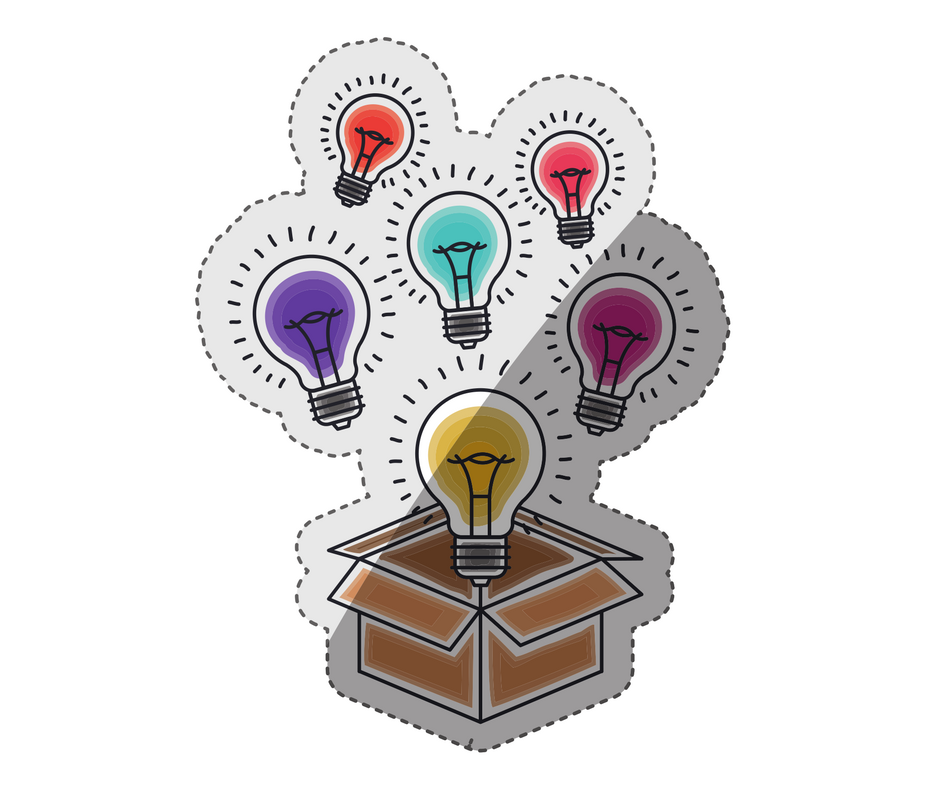
The world of education can only be in awe of the meteoric progress that exists, for example, in the world of computers, in which an accelerated development has been made since the emergence of the first computer. A development that has a profound impact on every aspect of our daily life. Why does the rate of progression in the world of computers is so fast? And by comparison, why does adopting innovative education is so slow? My answer is that education lacks the suitable platform for adopting innovation.
The platform used for the implementation of ideas of educational innovation is the school and its curriculum – systems that have been built and established more than a century ago. In all likelihood, true innovative education in the network paradigm cannot be implemented in these systems, in light of the fact that essentially these systems are unable to take in such innovation and have not been designed to do so. This can be compared to trying to implement an innovative application (like Waze) on a computer that has been built in the 1950s or on the first generation of cellphones, and wondering why it is not working well.
The school in the old world – A teaching-based school
In essence, we are trying to implement ideas of network learning, in which the knowledge is everywhere and development and learning occur in all parts of the network, whereas, every network member is both a developer of knowledge and a consumer of knowledge that has been created by others in the network. However, we are trying to implement these innovative ideas inside a teaching-based school that works according to the classic pyramid paradigm, in which all the knowledge is placed, at first, in the hands of the teacher, and transferred from the teacher to his/her subordinates – the students.
The learning in a teaching-based school requires two components – teaching & teachers. A teacher is required for the student to learn and therefore, every learning hour necessitates a corresponding teaching hour. As a result, a well-organized teaching schedule must be prearranged. The teacher’s time is “closed” and dedicated to the task of “knowledge transfer” and every attempt to utilize a new application runs into structured resistance, in most instances, due to a lack of resources such as time and space. The implication is that education people are unable to generate the required flexibility and fluidity for implementation of innovative ideas. As a result, in most “teaching-based” schools, new ideas – even ones that are accepted by the staff – are blocked or delayed because of the gap between these ideas and the prerequisites of the “old paradigm”.
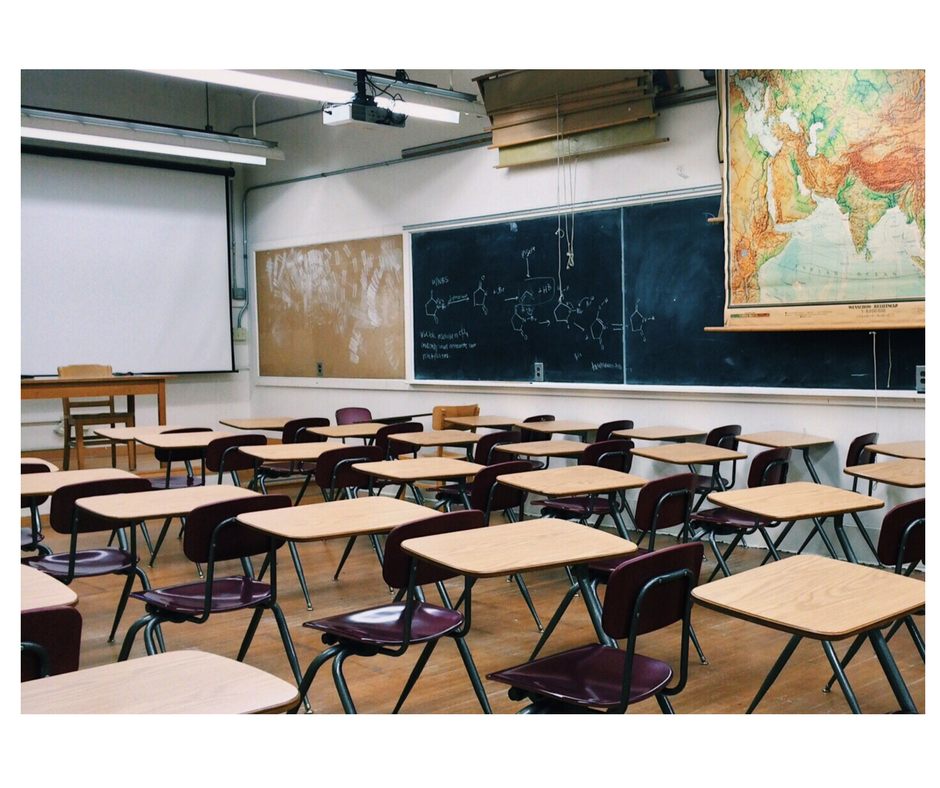
Actually, there is a paradoxical demand today from education people to both preserve the old system and to adopt innovation, two diametrically opposing demands.
In other words, to enable education people to implement the innovative education approach (at times, applications that are ready and waiting many years for their implementation), we must create a new, open, network platform.
The school of the future
I call this new platform – “A learning-based education system”.
The premise of the system is that there are many ways to learn that can lead the students to achievements and only a small part of these ways requires teacher-centered learning. The learning-based education system is a flexible system that offers many alternatives, according to the user’s circumstances and values.
In every learning-based system, the system’s leaders pre-define subjects of study, expected results in the different learning stages, the required skills from every student, and the assessment methods of these results and skills. All according to the school’s educational approach (for example, in a democratic school, the students select the subjects of study and the assessment methods; however, in a traditional school, the teaching staff does it). All this information will be brought to the learners’ attention prior to setting off to the learning process.
After these definitions have been clarified, every student is free to choose a personal learning method that will lead him/her to achieve pre-set goals. The learning process is executed in a “learner’s self-management” approach – in other words, every student chooses the method, time, pace, and place of learning. Following are a handful of examples for alternative learning methods that a student can choose and combine (naturally, there are an infinite number of additional learning methods): Peer-to-peer learning; Expert learning; Internships; YouTube learning; MOOC courses; Online learning; Offline learning; S.O.L.E. – Group-based learning via Big Questions; Student-Teacher/Mentor meetings; Lectures; Group-based learning with the Education Team model; and many more. In some cases, students will say that they have no need for learning because they master the material and therefore, these students will choose to go immediately to the assessment stage.
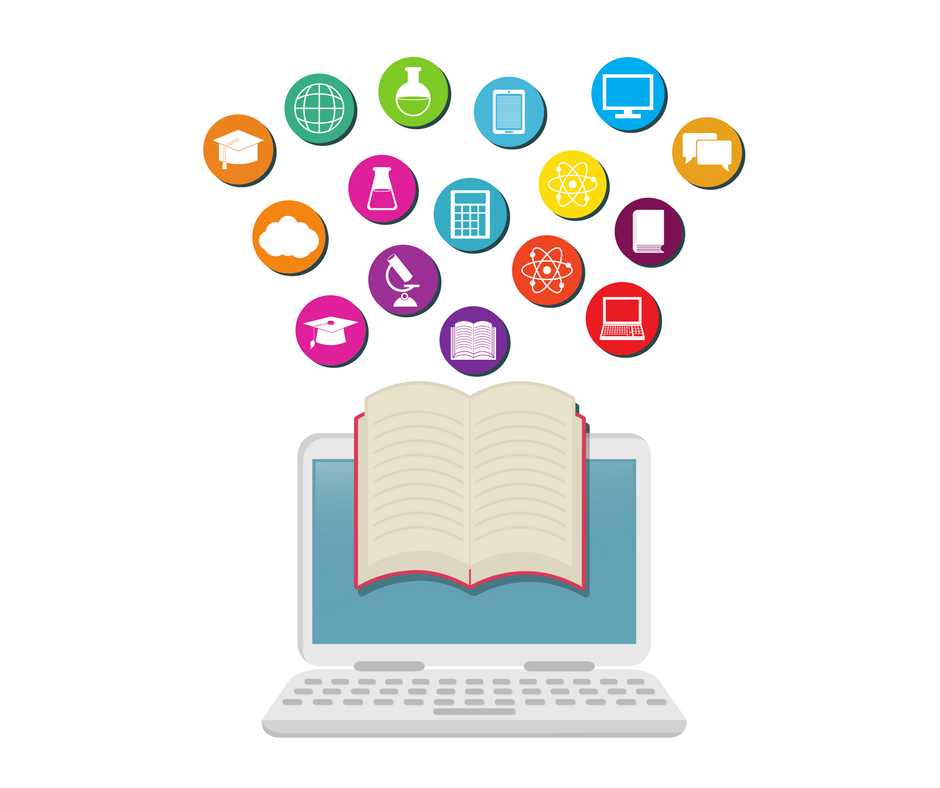
It is important to note that some of these learning approaches will be led by teachers, but not all of them. Some of the methods will be facilitated without the teachers in personal learning, peer-to-peer learning among the students, or with external experts. That said, the learner’s “self-managed learning” requires the support of a personal mentor.
In this way, a learning-based education system is much more flexible and much less costly than the teaching-based education system, which is budgeted according to teaching hours and with no regard to whether it is needed or not by the students. The new system will require less teacher/supporter hours and utilize the services of supportive experts that are not necessarily teachers (for example – video clips).
I believe that the results of the new system will be better in quality. Not only thanks to the personally-tailored learning methods that will result from the fact that the students would be able to choose the best suitable learning method for them, but also because this kind of system will serve as an accessible and welcoming platform for the teachers to research and develop new tools for learning and support. In this way, the network of educators who are the pioneers, developers, and disseminators of more effective learning methods will expand. In other words, the teachers will no longer focus on “completing the task of transferring knowledge”, and will be free to develop unique learning methods and to adapt them to each of their students in the optimal setting.
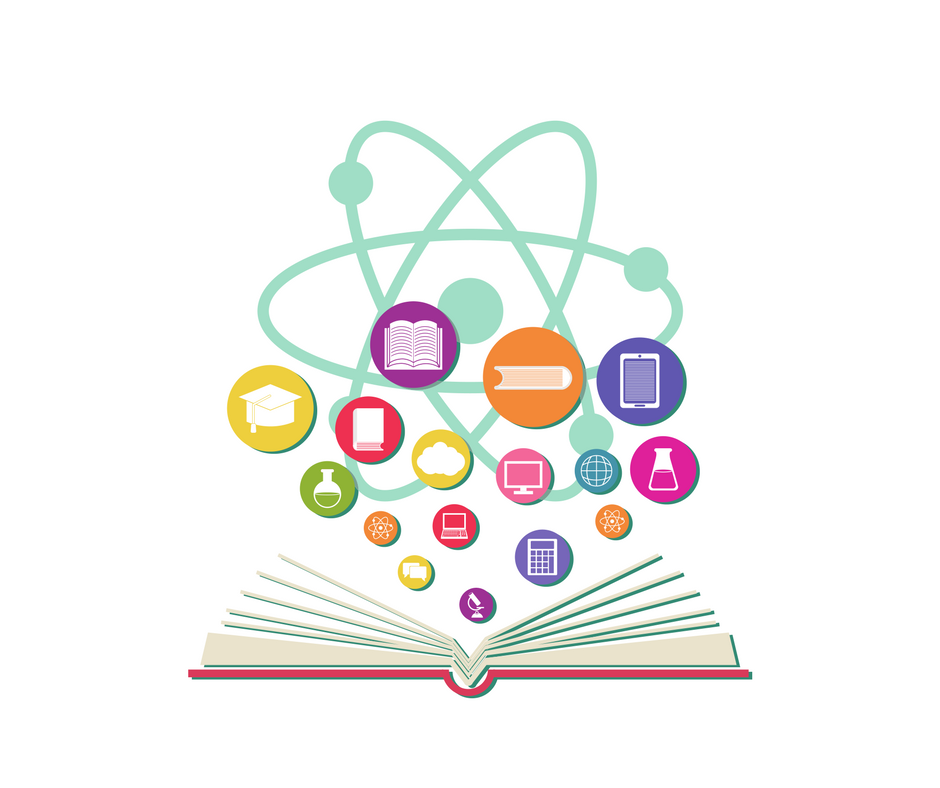
The future learning environment
The learning environment will also change with the transition to a learning-based education system. The physical classroom will change from a traditional classroom setup of rows in the teaching-based education system to an open learning space, similar to open workspaces (i.e. WeWork). In a school space of this kind, the students will no longer be required to “sit still” and could move around the space in accordance with the learning methods that they have selected. The space will include, for example, areas designated for individual work with a book or a laptop, for work in pairs, in groups, rest areas, MAKERS areas and various labs, sports facilities, art workshops, gardening workshops, and numerous other possibilities. I believe that this learning space will be a space where students and teachers will choose to stay and work also in their free time and during vacations.
The role of the teacher in the education system of the future
The teachers’ role in a learning-based education system will be upgraded to include four options – mentor, networker, developer, and educational entrepreneur.
Personal mentor – the main contact person, who supports the student throughout the entire learning process, starting from setting goals, choosing learning methods, and up to meeting these goals. This is an intricate journey in which the student learns about himself/herself and the best suited learning methods for him/her. A mentor must be an expert in management and support of this type of relationship.

Networker – shifting from a “transmitting” to a “networking” teacher – the networking teacher will connect his/her students with each other, with experts in the various knowledge areas, and with available learning resources. The networking teacher is a person who loves to learn, openminded, and open to opportunities for expanding the network of his/her students.

Developer – Developing teachers will be involved in development of new learning contents and curricula. In a learning-based education system, the teachers will be much freer to develop ideas and to initiate projects that so far have been farfetched desires, due to the inherent pressures of a teaching-based school. The developer is a person who believes that tomorrow can be a better day then the previous day and that he/she is capable of generating the movement towards a better future.
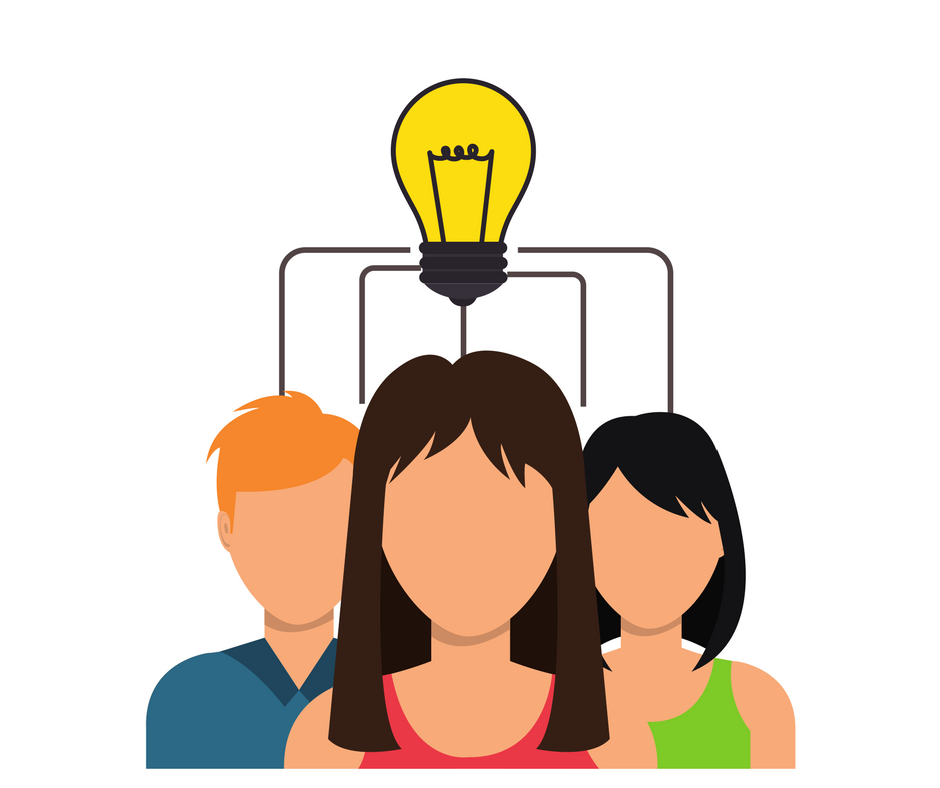
Educational entrepreneur – An individual who knows to translate ideas into practice. The educational entrepreneur will “go out”, scout for innovative contents, tools, and developments that are constantly generated amidst the flow of global innovative activity, not just in the education world. Then, he/she will share these discoveries with the students who will utilize them as sources of inspiration and as platforms for shared developments of new ideas. In this way, the educational entrepreneur will not only develop his/her ideas into educational tools, but also will support the students in the development of their own ideas, contents, and tools.
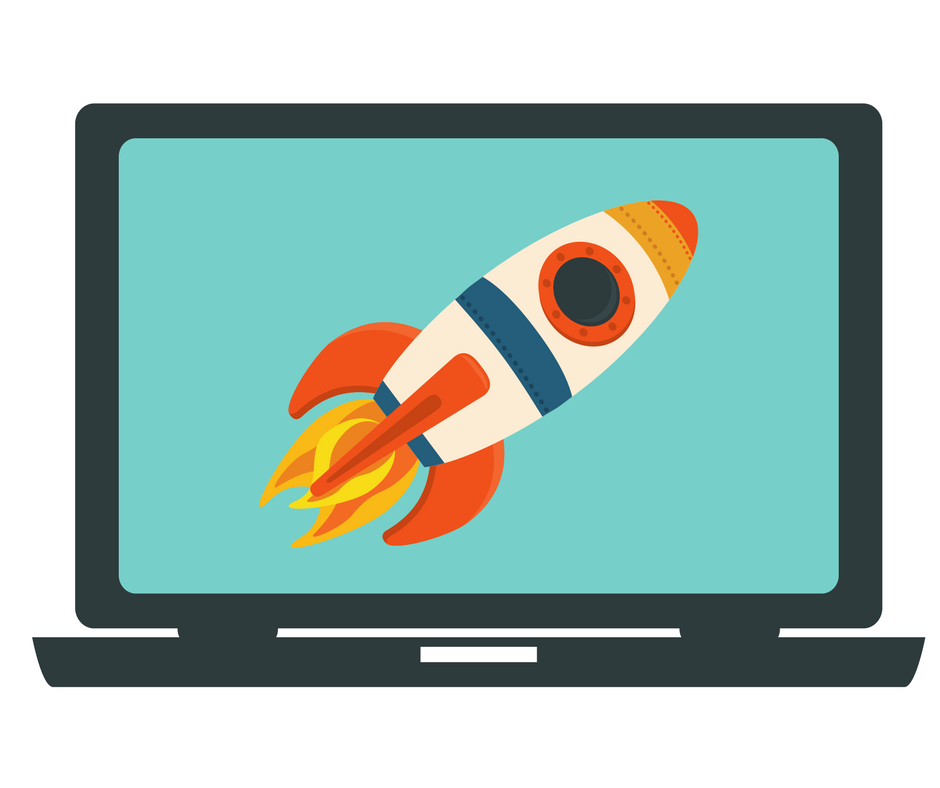
In summary, a learning-based school is the platform for which the world has been waiting. A platform that will enable the development of an entrepreneurial culture in school, within which we could all (education people, students, parents, experts, etc.) create a space for innovative educational developments. These developments, much like computer applications, will enable many to be partners in transforming education. I believe that when the education system will become more adaptable to the needs of every one of its students in a way that will lead to self-actualization, the world will become a better place.
